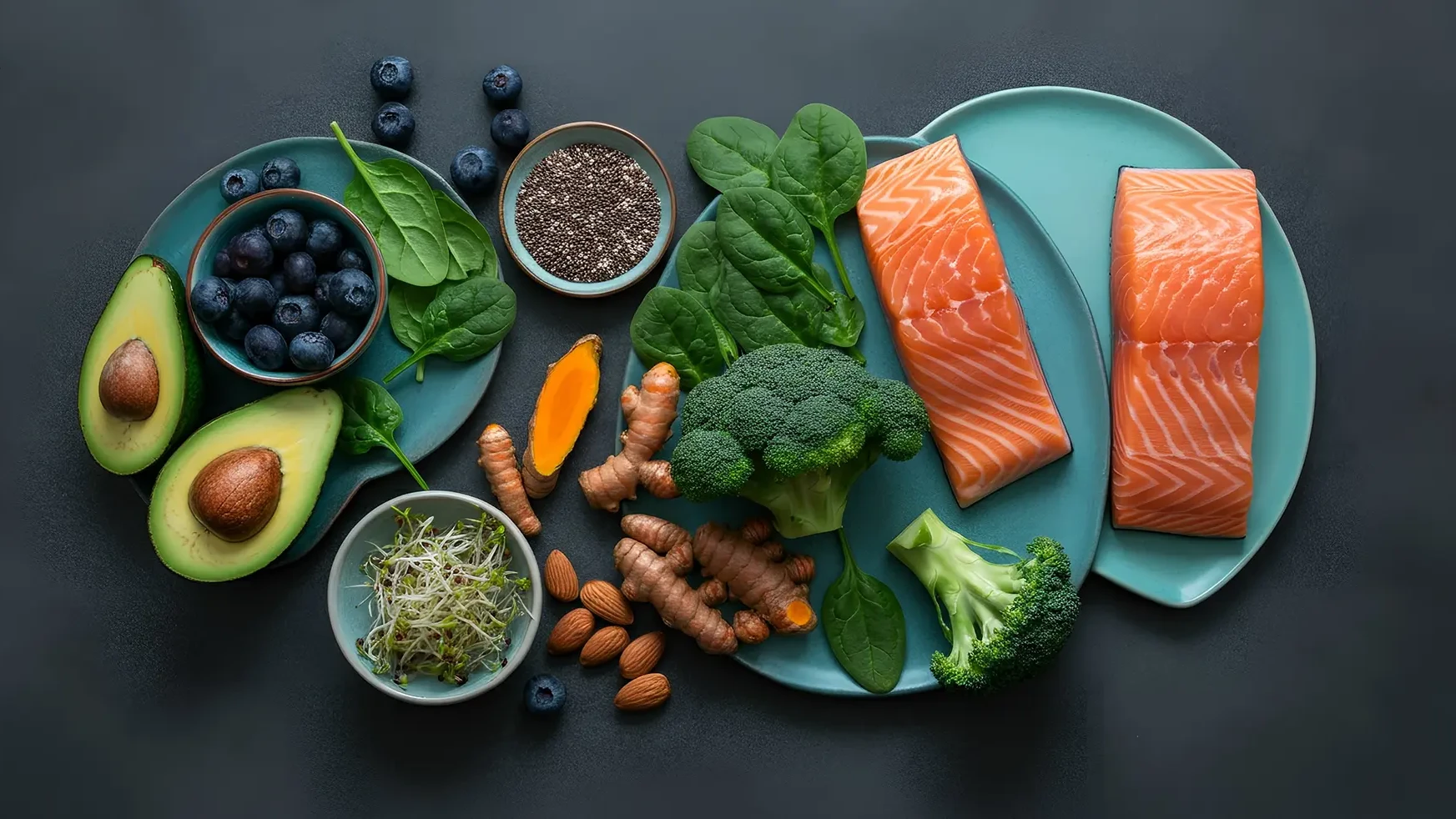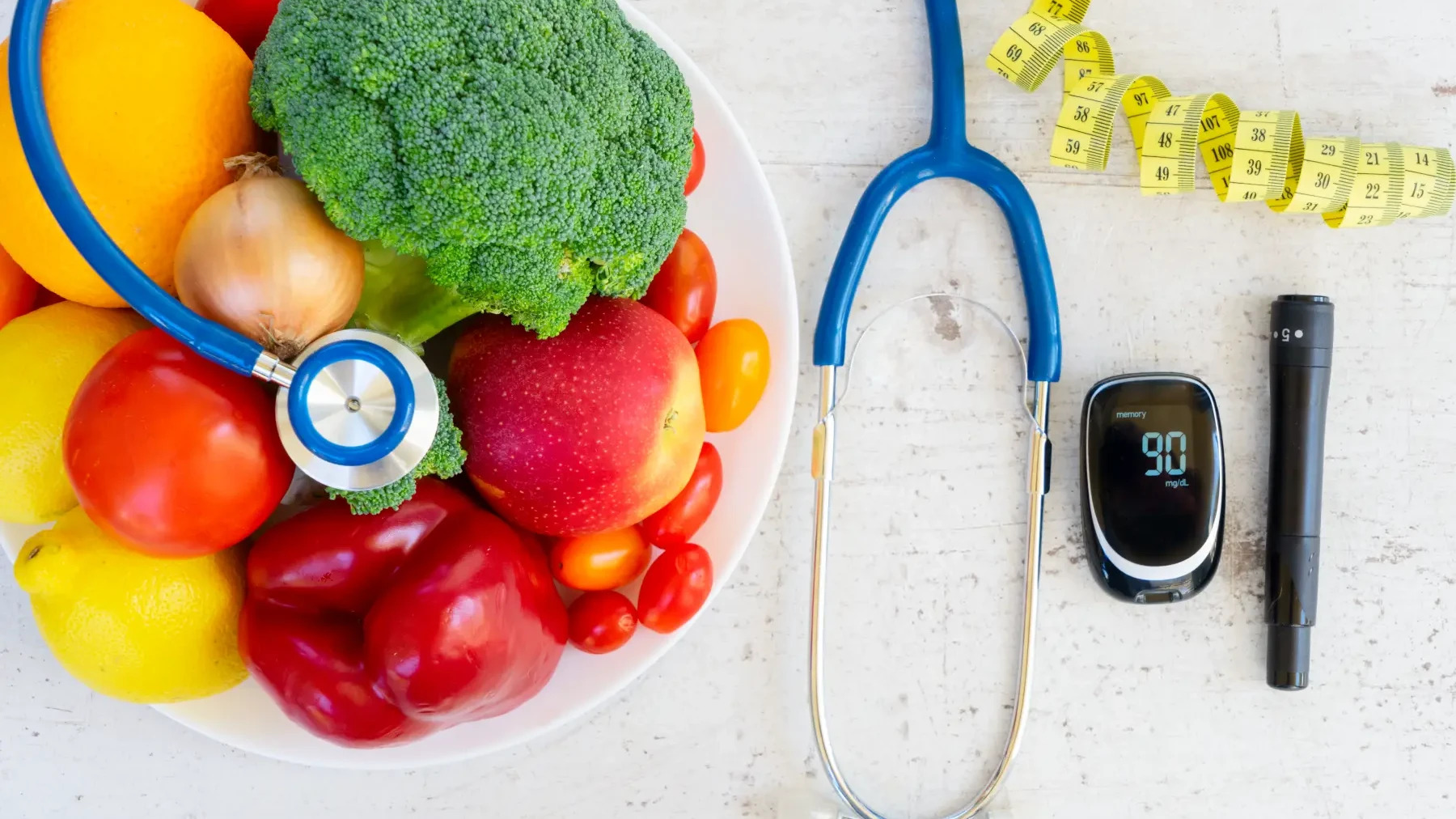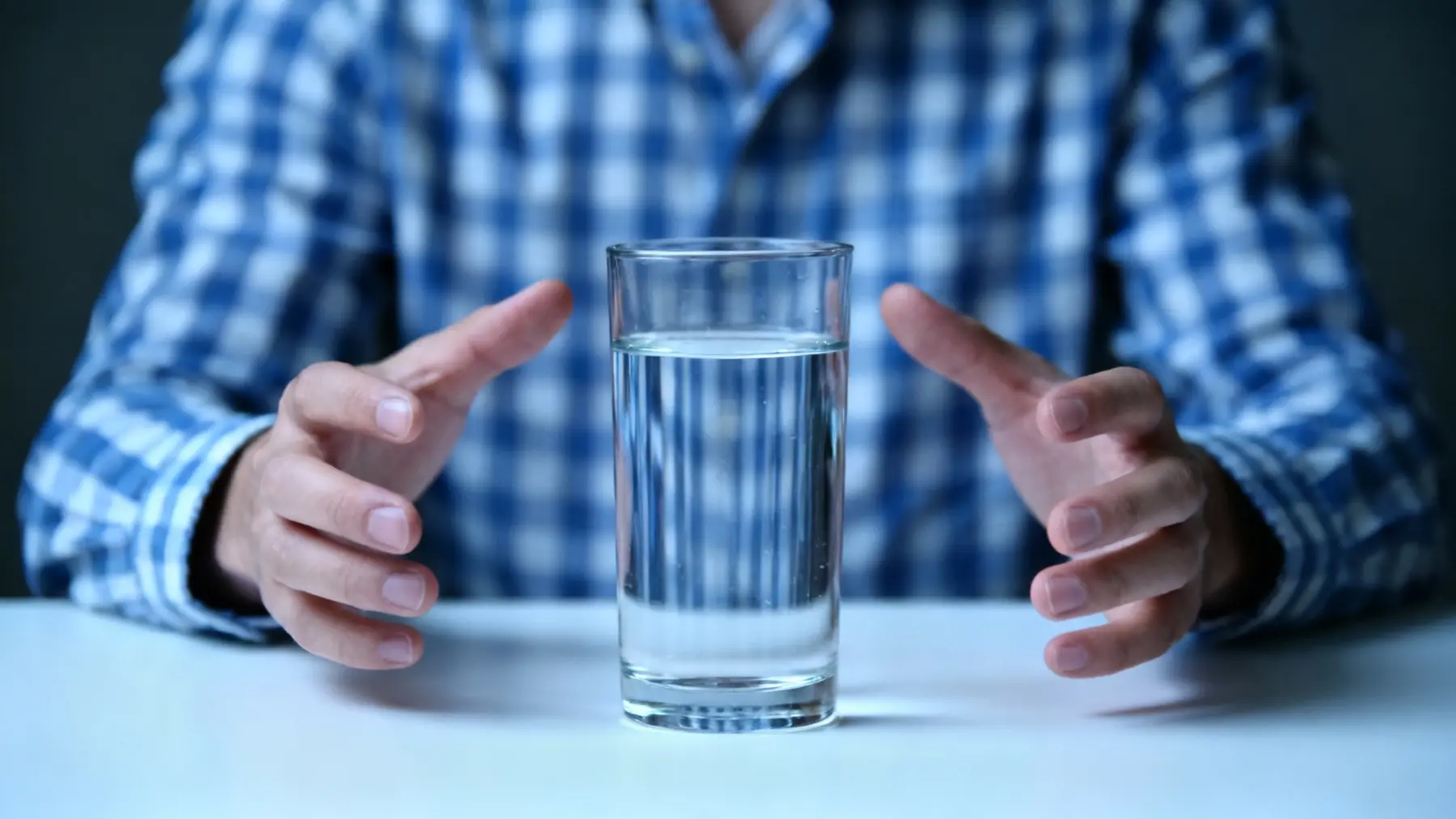Have you ever noticed your face turning red after just one or two drinks and wondered if it’s normal? That sudden flush isn’t just a random reaction — it’s a genetic warning sign that alcohol could be more harmful to you than to others.
This condition, called alcohol flush reaction, happens when your body struggles to process alcohol properly. What many people don’t realize is that this redness can signal serious long-term health risks, including a higher chance of certain cancers and heart problems.
What Causes the Red Face After Drinking?
The redness happens because of a genetic issue in the way your body handles alcohol. Normally, your liver breaks down alcohol in two steps:
- Alcohol dehydrogenase (ADH) turns alcohol into acetaldehyde, a toxic substance.
- Aldehyde dehydrogenase 2 (ALDH2) then breaks down acetaldehyde into harmless acetic acid and water.
However, some people are born with a defective ALDH2 enzyme due to a gene mutation (called ALDH2*2). When this enzyme doesn’t work properly, acetaldehyde builds up — causing your blood vessels to expand and your skin to turn red, especially on the face, neck, and upper body.
Who Is More Likely to Get Alcohol Flush Reaction?

This condition is most common among East Asian populations — around 30–50% of people of Chinese, Japanese, or Korean descent have this gene variant.
It also appears in some people of Jewish ancestry, particularly Ashkenazi Jews. Globally, that’s about 540 million people, or 8% of the world’s population, who experience alcohol flush reaction.
Because of this, it’s often called “Asian flush” or “Asian glow”, though doctors now prefer the term “alcohol intolerance.”
Common Symptoms You Might Notice

Redness is just one sign. When acetaldehyde builds up, it triggers allergy-like reactions such as:
- Headaches and nausea
- Fast or irregular heartbeat
- Dizziness and low blood pressure
- Runny nose or nasal congestion
- Feeling hot or uncomfortable
These symptoms can appear within 30 minutes of drinking — sometimes even faster.
Why It’s a Warning Sign, Not Just a Cosmetic Issue

The redness might fade after a few hours, but the health risks are serious. When your body can’t break down acetaldehyde, the toxic buildup can lead to long-term damage.
1. Higher Cancer Risk
People with ALDH2 deficiency who continue to drink face a much higher risk of esophageal cancer — one of the deadliest cancers linked to alcohol. The more you drink, the higher your risk. Research also connects it to stomach, head and neck, and skin cancers.
2. Heart and Blood Vessel Problems
Studies show a connection between alcohol intolerance and a higher chance of heart disease and stroke, especially in those who drink often.
3. Brain and Memory Issues
New research from Stanford Medicine found that the ALDH2 mutation might also raise the risk of Alzheimer’s disease because toxic byproducts can damage brain cells over time.
4. Liver and Bone Health
ALDH2 deficiency is linked to liver problems and even weaker bones (osteoporosis), especially in people who continue drinking regularly.
How to Prevent or Reduce the Reaction

The only true way to stop alcohol flush is to drink less or not at all. It’s not about avoiding embarrassment — it’s about protecting your health.
Avoid These Common Mistakes
Some people try to hide the redness by taking antihistamines like Pepcid AC or Zantac. While these may reduce flushing temporarily, they don’t stop acetaldehyde buildup. This means the toxin still damages your body — and because the warning signs are masked, you may end up drinking more, increasing your cancer risk.
Safer Drinking Tips
If you choose to drink:
- Pick low-alcohol beverages like beer or wine spritzers
- Drink slowly and in moderation
- Eat before drinking, especially high-fat foods to slow absorption
- Stay hydrated by alternating water with alcohol
Is It the Same as Rosacea?
Not necessarily. Rosacea is a skin condition that can also cause facial redness, but it’s unrelated to ALDH2 deficiency. Alcohol may trigger rosacea flare-ups, but the underlying cause is different. Some people might have both, which can make redness worse.
The Bottom Line
If your face turns red when you drink, your body is sending you a clear genetic warning: alcohol is toxic for you. It’s not just a surface reaction — it’s a sign of serious internal stress.
Rather than trying to cover it up, the healthiest choice is to limit or avoid alcohol. Knowing your genetic risk helps you make smarter decisions for your long-term health and well-being.
References
- National Institute on Alcohol Abuse and Alcoholism (NIAAA) – Alcohol Flush Reaction: Does Drinking Alcohol Make Your Face Red?
- Cleveland Clinic – Here’s Why You Get an Alcohol Flush Reaction Every Time You Drink
- Stanford Medicine – Alcohol, ‘Asian glow’ mutation may contribute to Alzheimer’s disease, study finds
- PubMed Central (NIH) – The Alcohol Flushing Response: An Unrecognized Risk Factor for Esophageal Cancer
- Healthline – Red Face from Alcohol: Causes, Symptoms, and More
Affiliate Disclaimer
Please note that some links on this site are affiliate links, meaning I may earn a small commission if you click on them and make a purchase, at no additional cost to you.As an Amazon Associate, I earn from qualifying purchases. Rest assured, I only recommend products and services that I truly trust and believe will provide value to you.
Daily Wellness
Explore more from Daily Wellness at Little SuperGreens - featuring nutrition tips, wellness hacks, and daily habits to strengthen health and boost energy.







